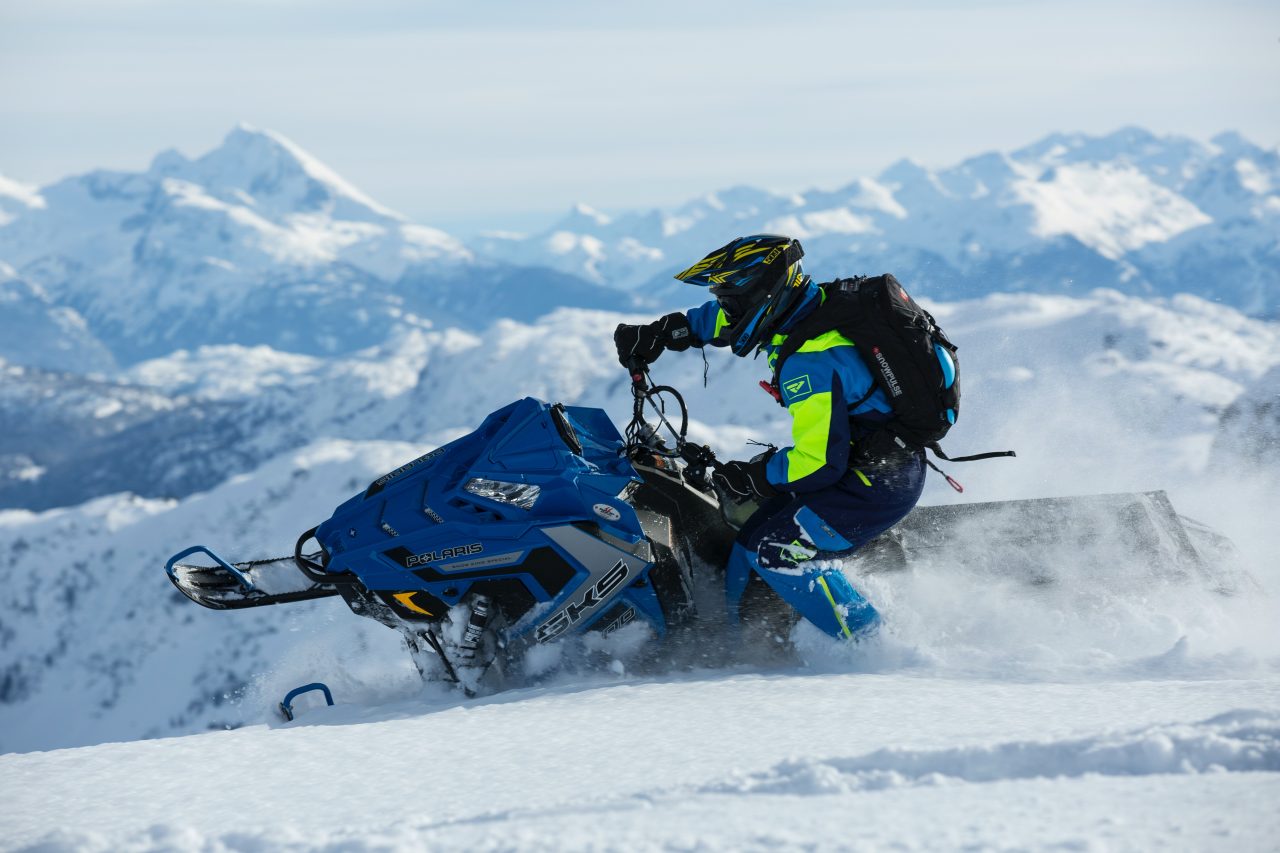It can be difficult to choose the right new snowmobile track for your sled. Frequently, the sales information is unclear on how to choose the right snowmobile track size. Using a snowmobile can be an enjoyable hobby or a practical means of getting around in the winter.
However, much as in any other ride, you must choose the appropriate gear for the level of efficiency you need to get the most out of your ride.
Length
Snowmobile tracks come in a variety of sizes to accommodate various riding preferences and environments. It’s just as essential to have the right snowmobile track as to have the best fitting tire for your automobile. It’s important to choose the right snowmobile track if you’d like to prevent crashes and have a great outcome out of your sled.
1. Long Track
Long tracks are more suitable for deeper snow riding. They are used for snowmobiles that need a longer track to maintain floatation and traction in non-compacted snow. This can be utility, 2 passenger, cross-over, or mountain snowmobiles. A longer track length is usually at least 136 inches (3.45 meters) long.
They have deeper lugs for better traction and cover a larger footprint on the snow. They can navigate efficiently off-trail and in deep snow. They are usually reserved for snowmobiles with more powerful motors. However, long tracks appear to generate more drag and have less maneuverability than short tracks seen on performance vehicles.
2. Short Track
These are used for performance ride purposes because they are suitable for high speed and maneuverability. The length of short snowmobile tracks is normally between 121 and 129 inches (3.07 and 3.28 meters). They’re often seen on snowmobiles with weaker motors.
Short tracks mostly have shorter lugs, allowing sleds to hit peak levels even quicker than long-tracked snowmobiles. Since they don’t perform well on new snow, they’re better used on established paths. Furthermore, since the tracks have a reduced footprint, they can bear less weight.
Width
The track’s width refers to the size of the track from one edge across to the other. Narrower tracks are lighter than wider ones, but wider tracks provide more stability and flotation in light and deep snow. You can use a marginally narrower track such as a 15-inch track instead of a 16-inch track. However, a broader track cannot be used in the same manner.
Drive Pitch
Measure center to center between a series of drive lugs with a track segment on a flat surface. Usually, the pitch distance measured is 2.52″, 2.86″, 3.0”, or 3.5″.
Lug Height
First, make sure the tread or lug height is appropriate for the kind of snow you’re riding on. The basic theory is that the higher the lug height–tread, the more worried you should be about whether or not it would hit your heat exchanger. The tread on your snowmobile must clear the heat exchanger on the machine, and therefore the construction of the vehicle plays a significant role.
If it comes to tread size, a good starting point is with the dealer, who will tell you what goes on your snowmobile. If you’re studding the track, make sure the studs are clear of the tunnel and bulkhead as well. The hyfax would be placed under more tension with a higher lug track, causing more friction. Possible hyfax melting, and excess heat build-up in the track clips and rods.
Often riders will require a 1-1/4 inch tall lug track. Many older sleds are air-cooled, and a bigger lug would put a strain on the engine.
Riding Style
You can select the right track for you after assessing the environment you ride, your skills, and other factors.
1. Climber or Boondocker
If all other factors are similar, a longer tracked sled will climb higher than a shorter tracked sled, while a shorter track allows riders to maneuver more easily and is a bit easier to chuck around in the woods. However, since a shorter track bears more weight per square inch, it would not do as well as a longer track on the steepest climbs or deepest snow days.
A longer track makes riding on a tight terrain or a sidehill smoother because it holds a sidehill well and doesn’t wash out and slide down the slope quickly.
2. Your Capabilities
Longer tracks, such as a 162-or 163-inch, may seem daunting, but they are always a safer option for snowmobilers with less mountain experience. Aggressive riders could get away with shorter tracks since their skill and increased speed keep them afloat through the trees.
3. Snow Conditions
A longer track remains afloat in powder-type snow conditions better than a short track, and as the snow builds up, long sleds get easier to navigate. A 153, 154, or 155 can be better to dig out than a 162 or 163.. They don’t delve as deeply into the snow cover as a 162 or 163 due to their shorter length.
4. Gear ratio
A lower gear ratio would boost track speed, but a low-end grunt will be compromised. Similarly, a higher chaincase gear ratio reduces maximum speed while increasing acceleration.




